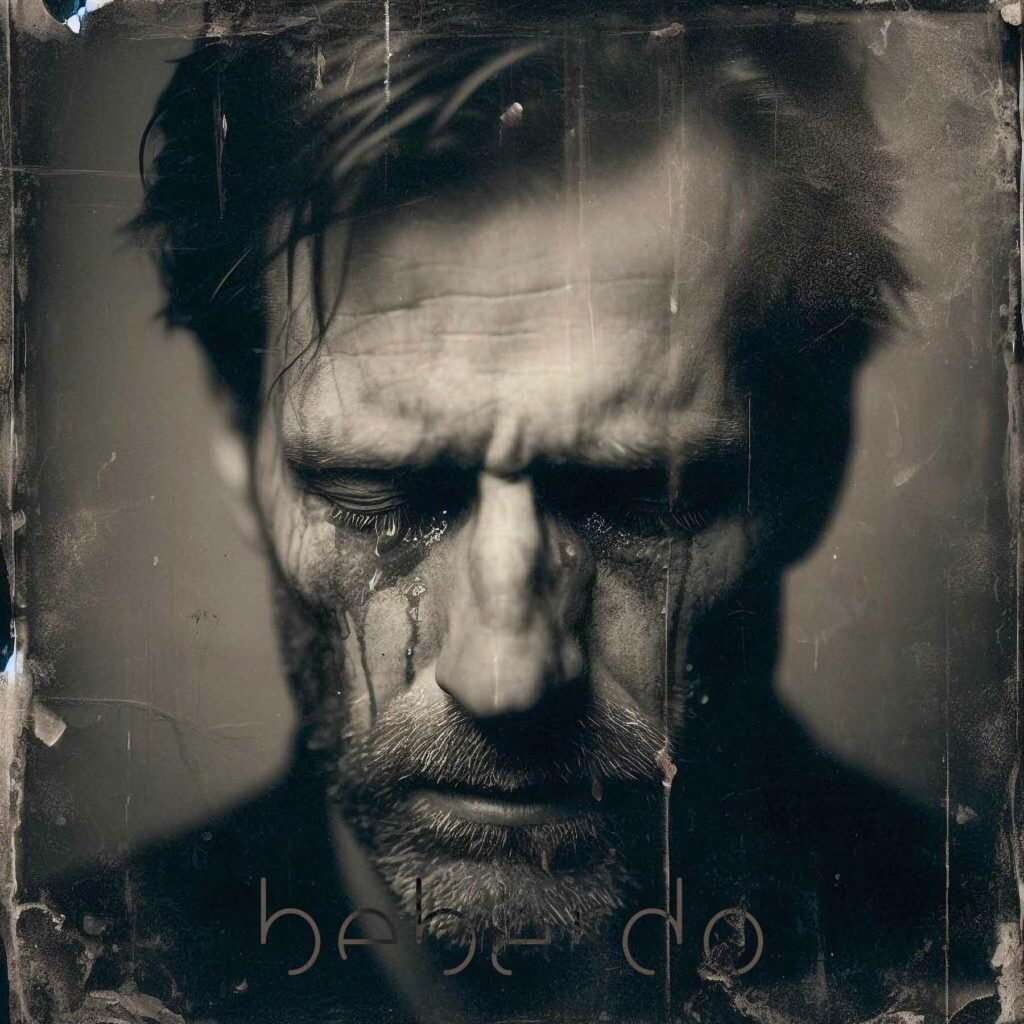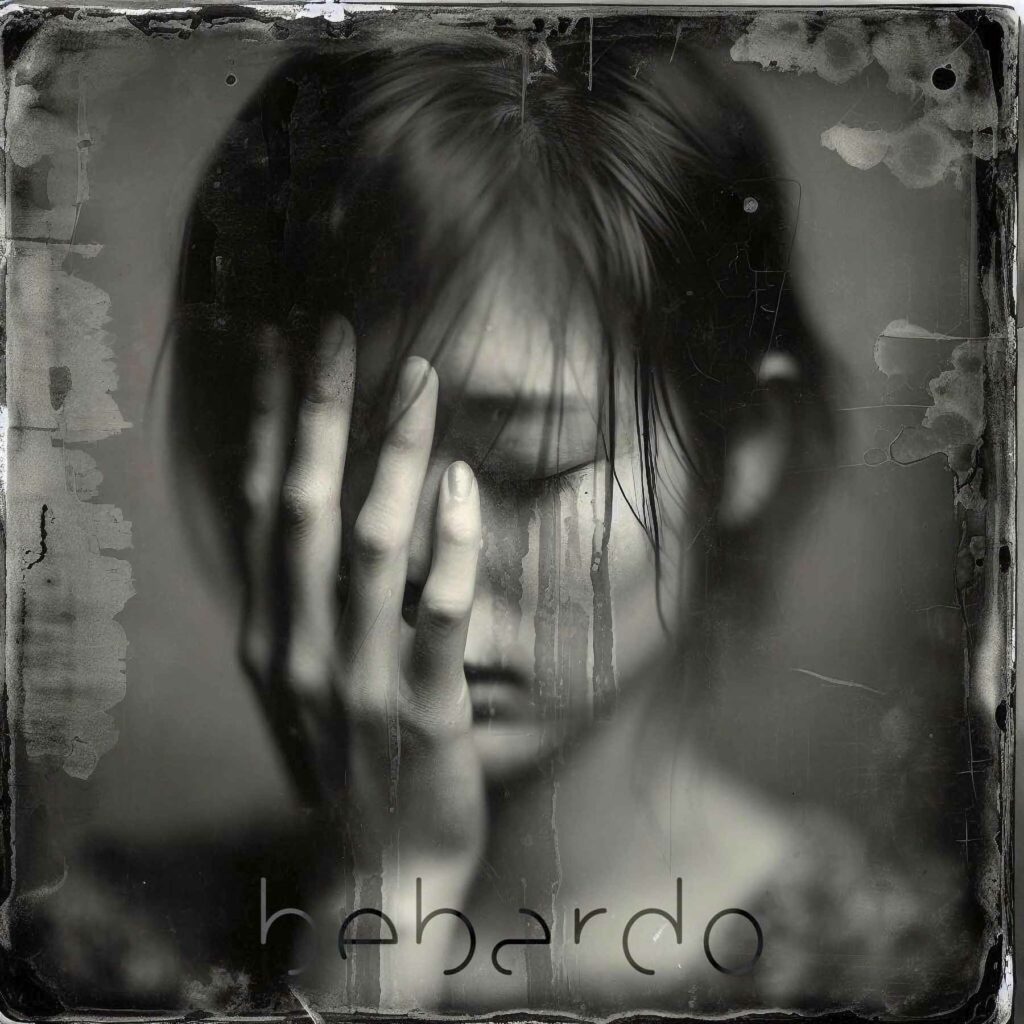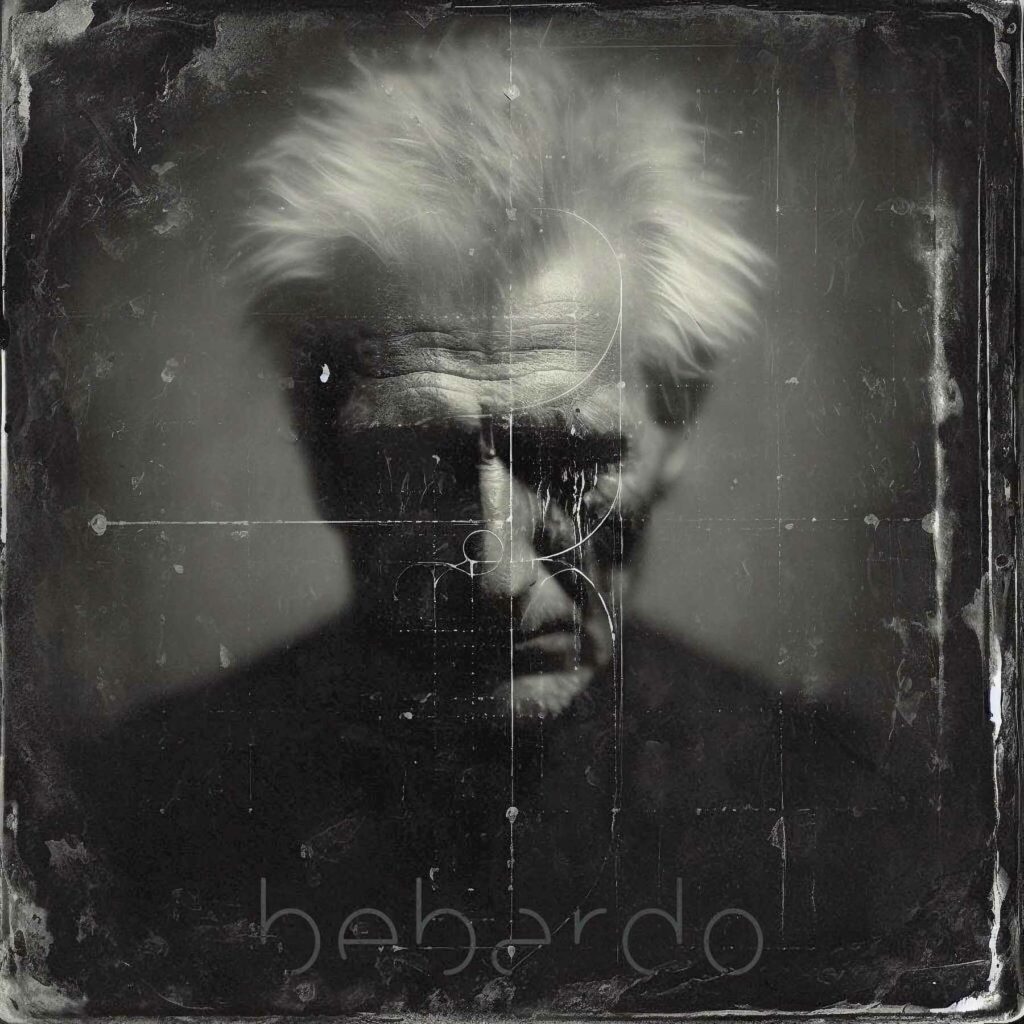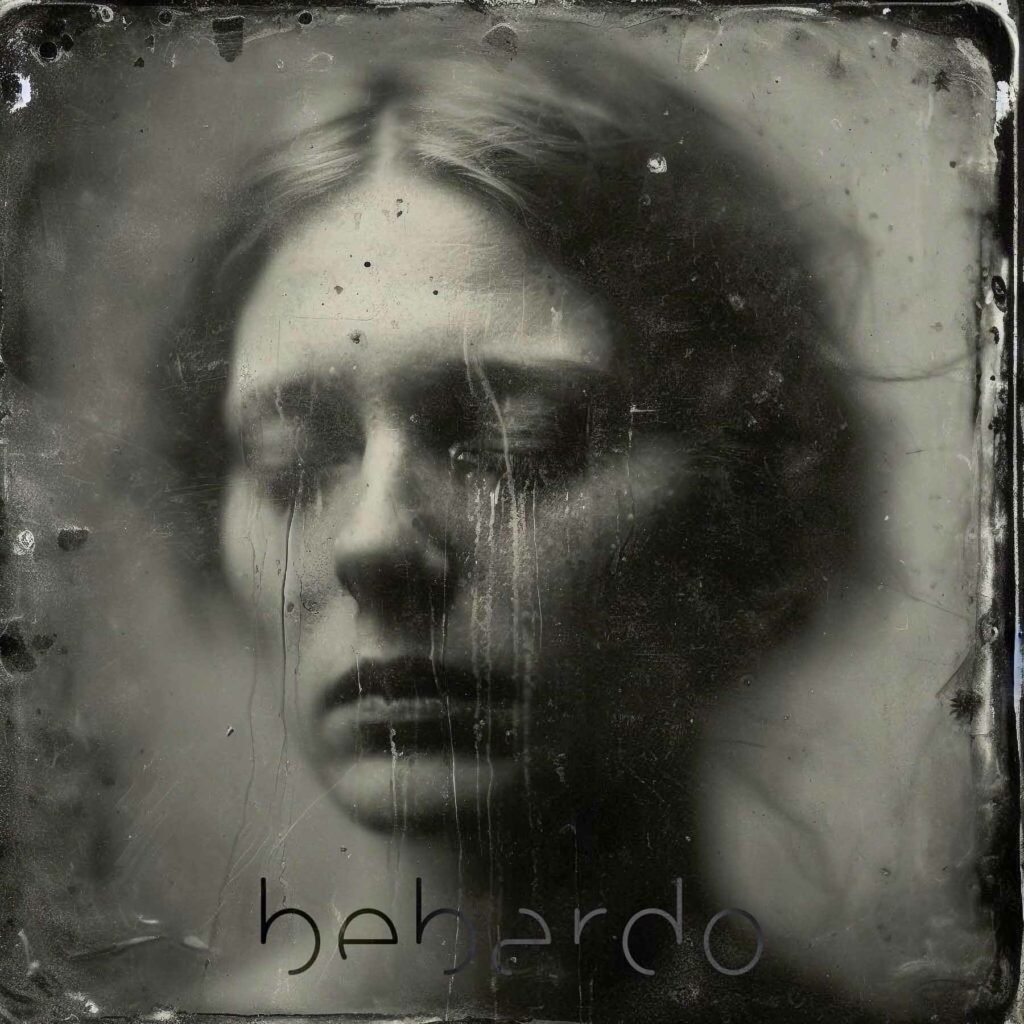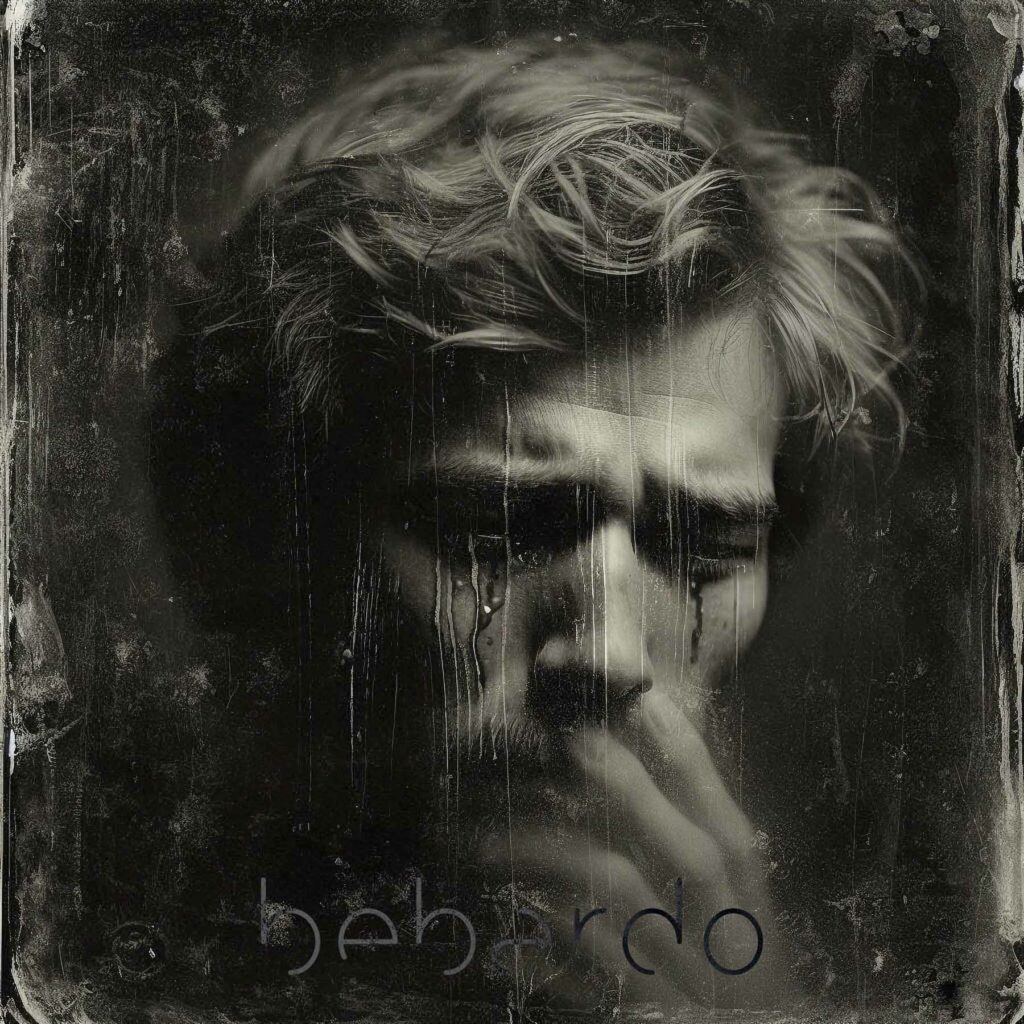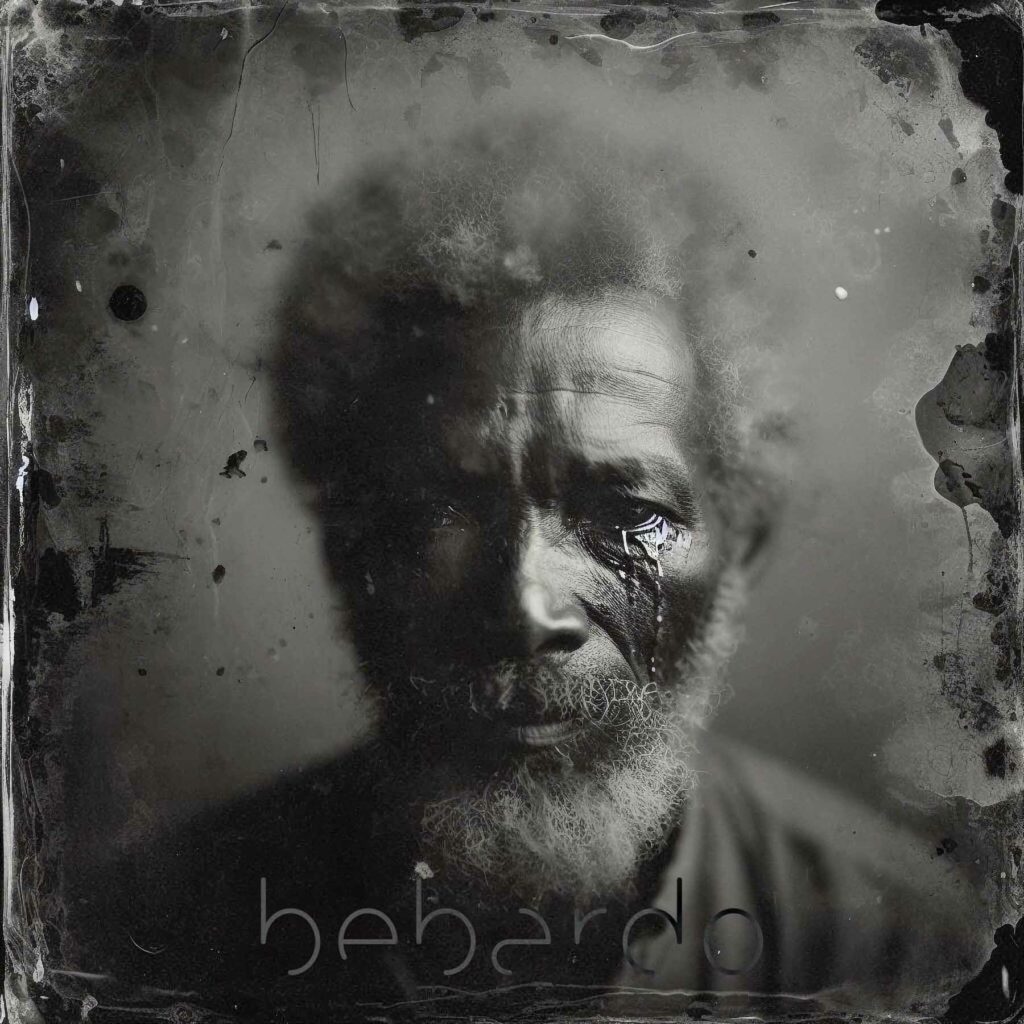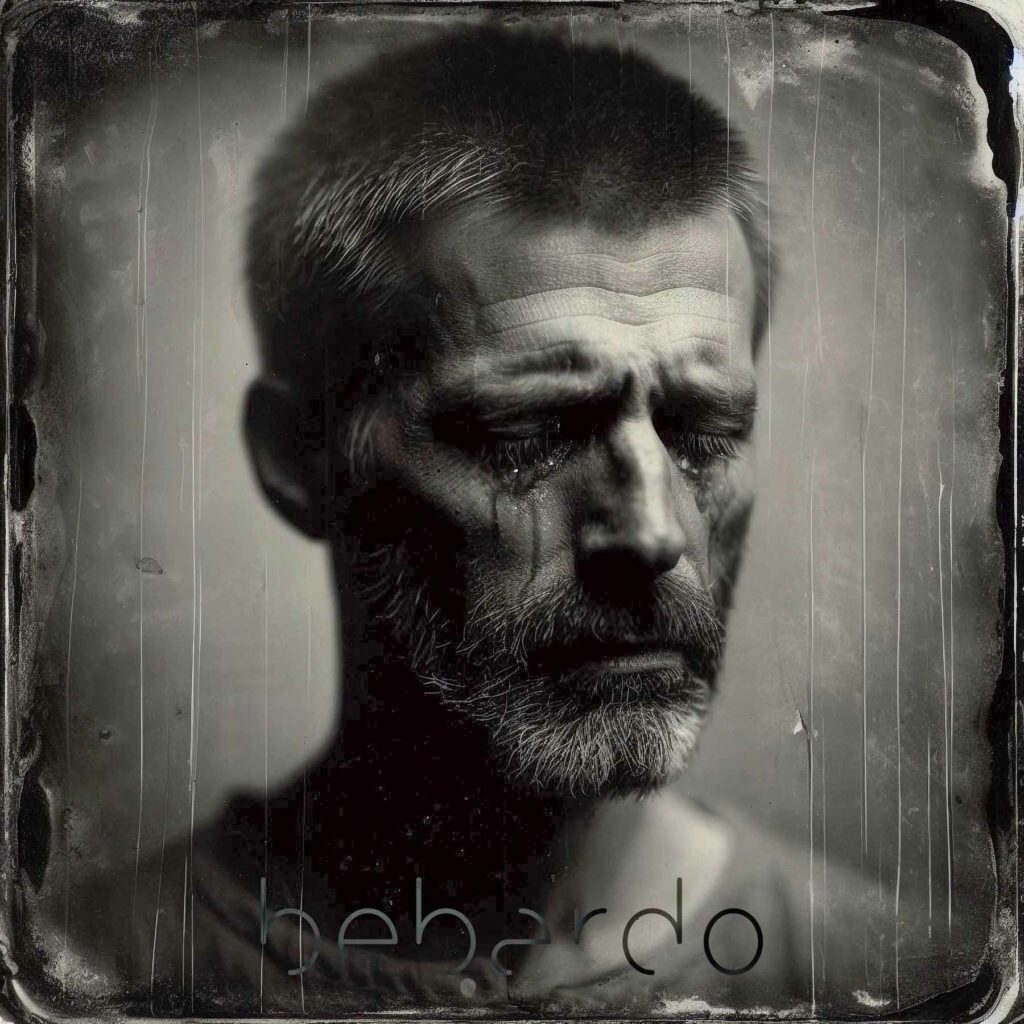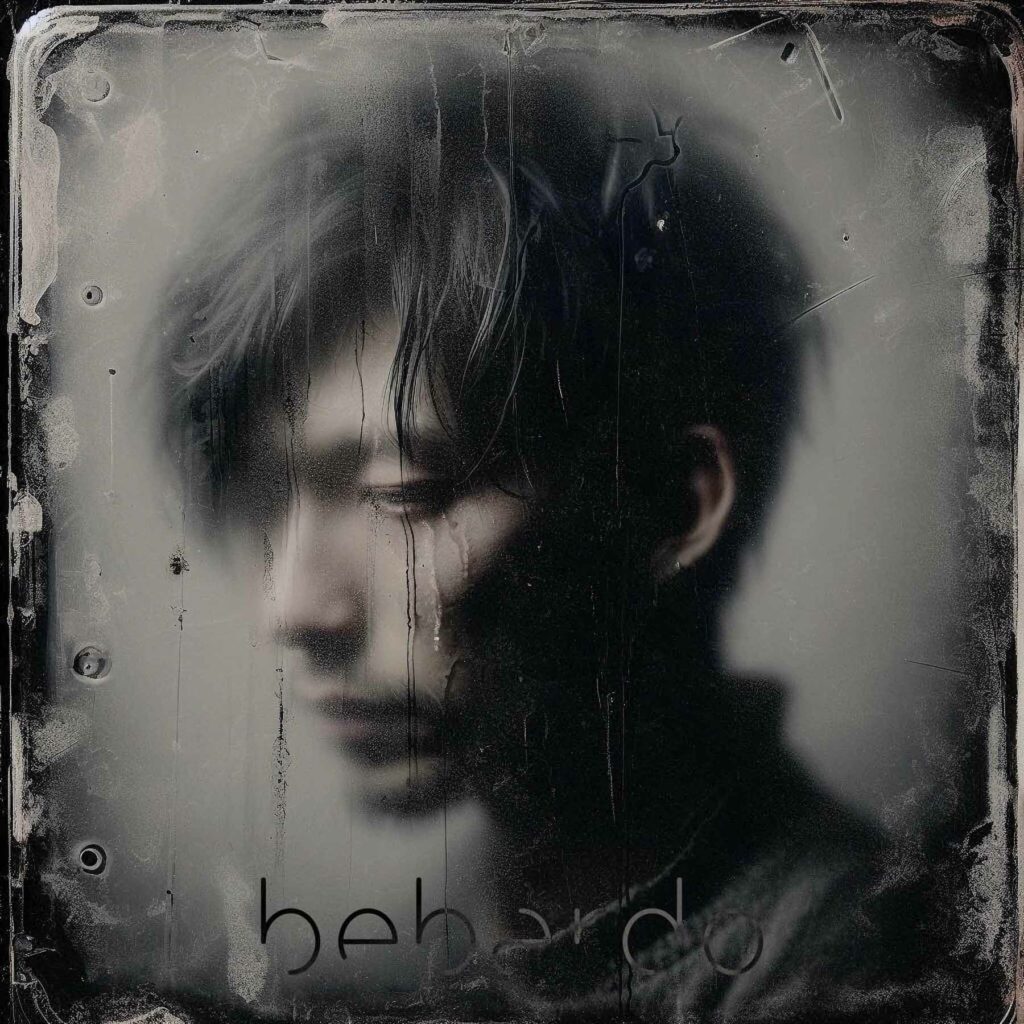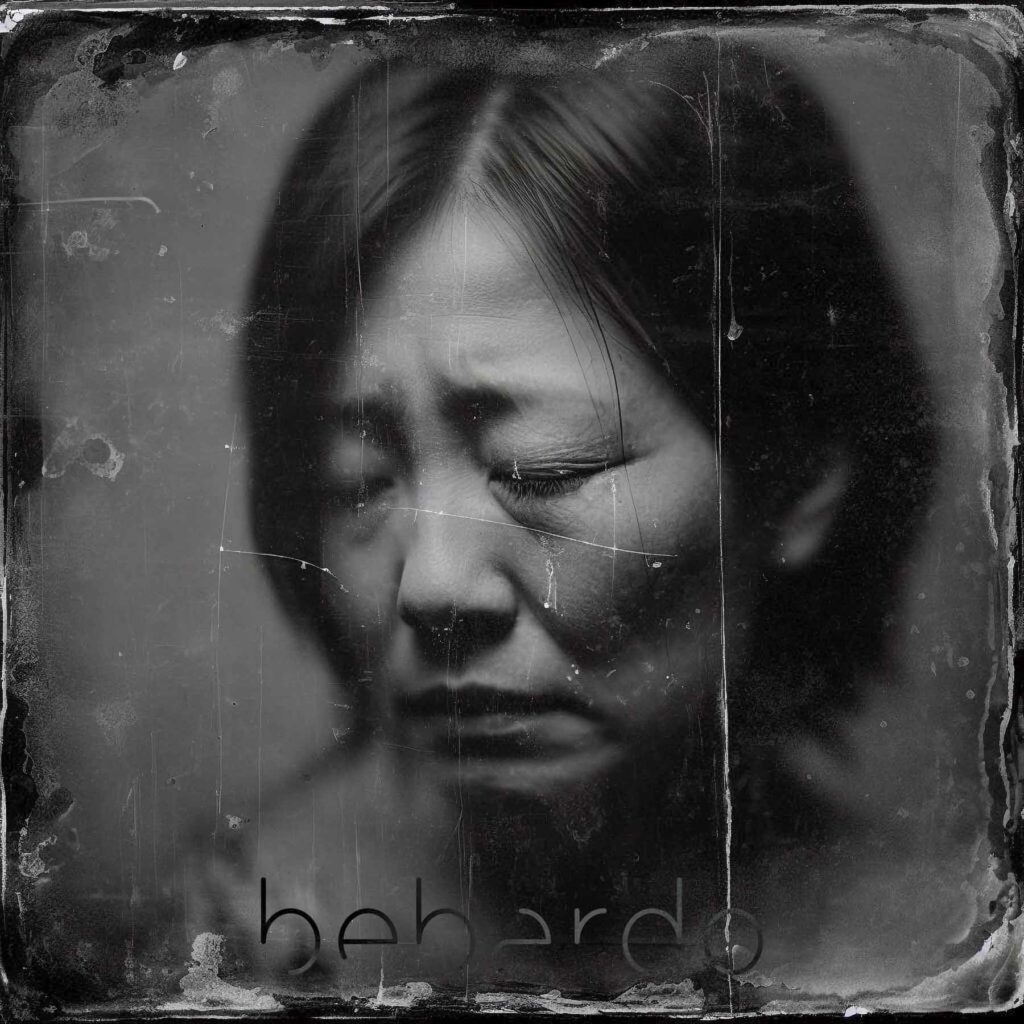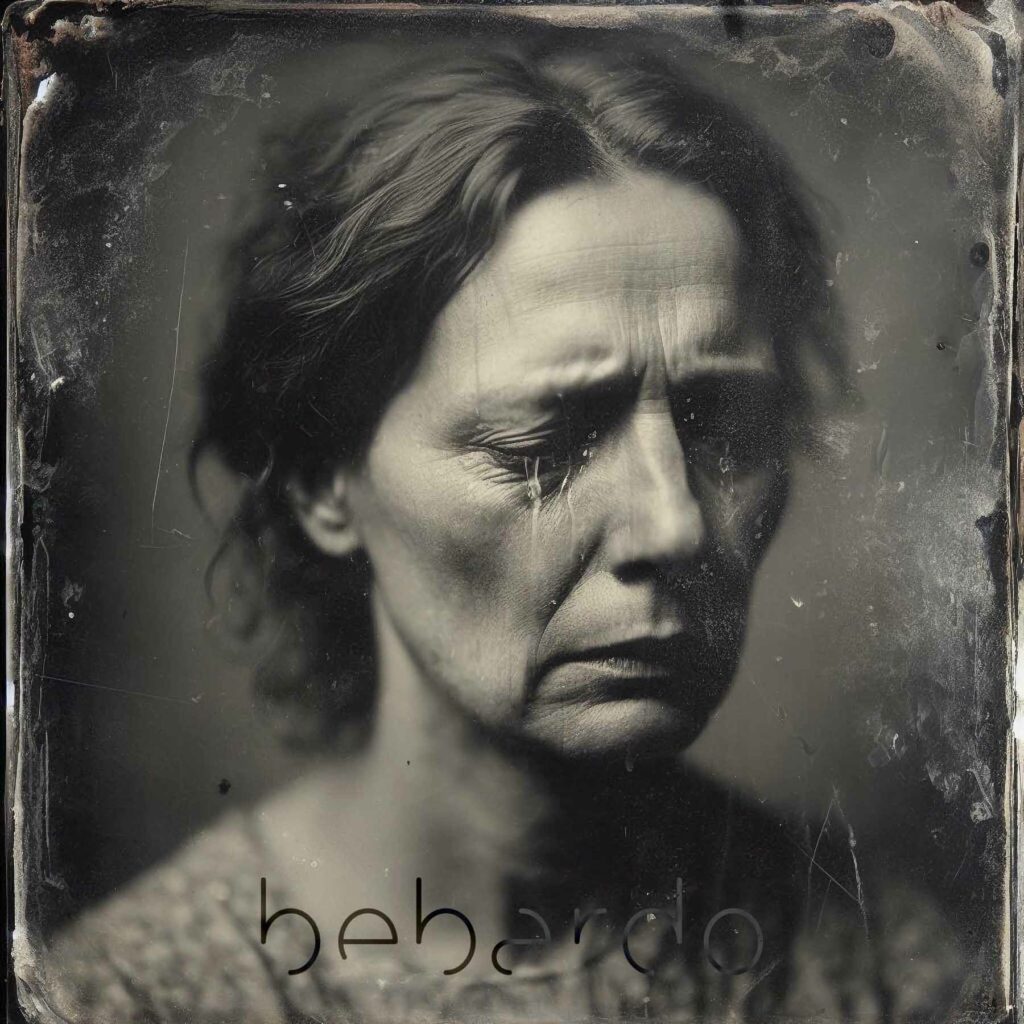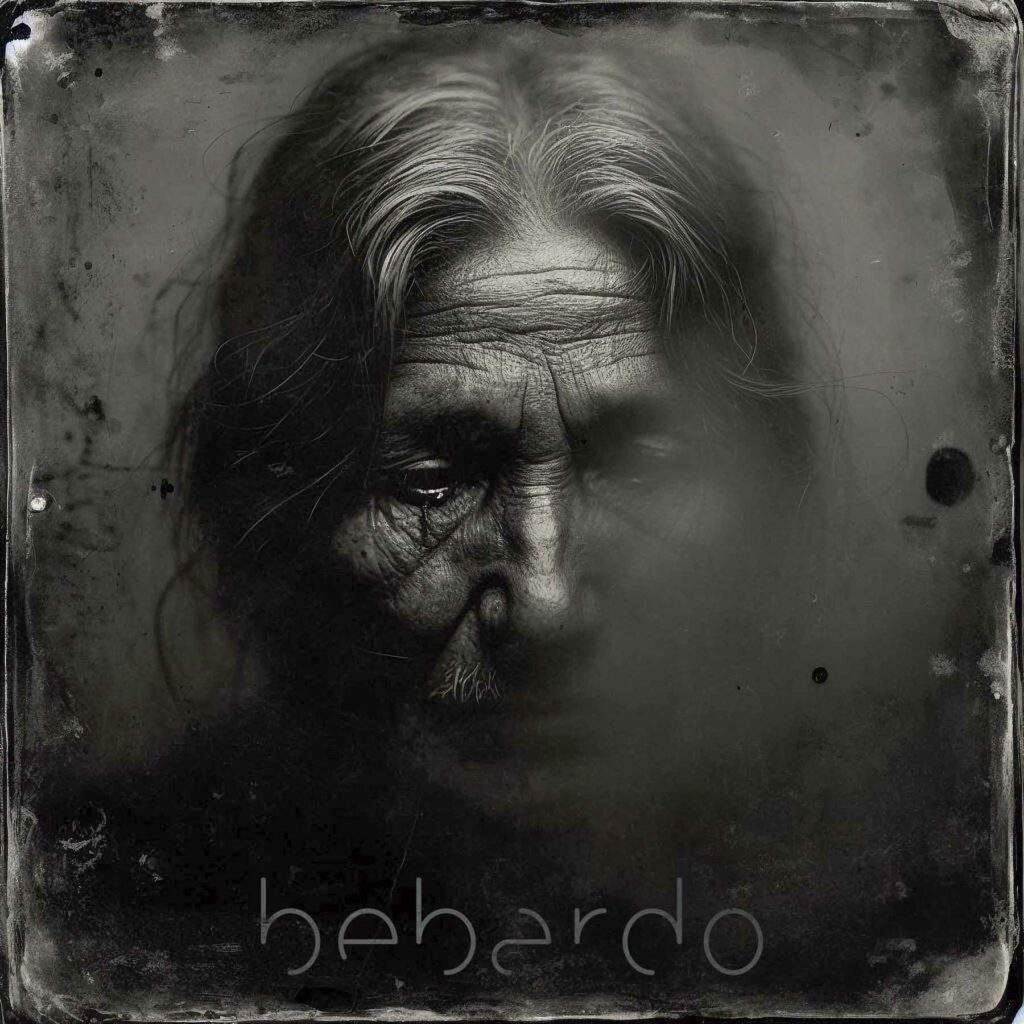STILL TOO SAD TO TELL YOU
In a homage to the iconic 1970s Dutch conceptual and performance artist Bas Jan Ader and his renowned video "I'm Too Sad to Tell You," Bebárdo unveils a moving art photography series that aims to capture an unspecified collective anguish or inner turmoil. After all, they ARE still too sad to tell us. In this evocative series, Bebárdo let the AI play with the balance between emotion and artificiality. To further explore and emphasize this aspect, Fibonacci sequences have been applied (sometimes visible in the art, sometimes not) giving the impression that our emotions are being examined mathematically, something that has of course become a reality in our contemporary daily lives, where algorithms keep track of our preferences 24/7. Fascinating to observe how meaning and impact can change over time with a concept like sadness, when comparing Mr. Ader's work in the late 1960s and early 1970s to our present era.
Bas Jan Ader © 1971 – I’m Too Sad To Tell You
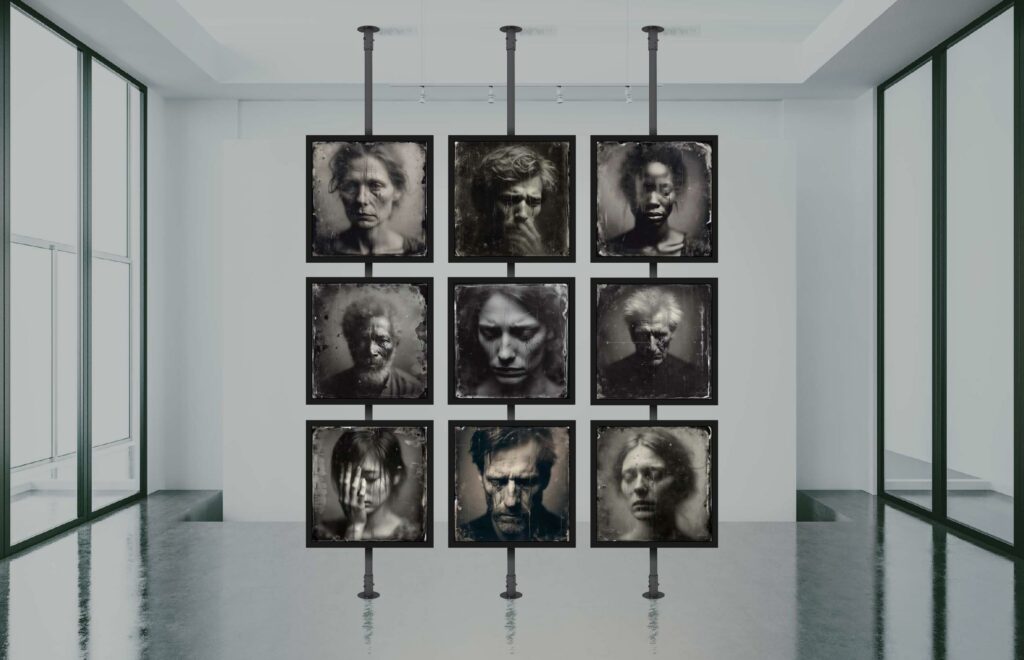
Installation of 9 art monitors (33″) with slideshows
“The day came. The wrath descended. Sin, guilt, and retribution? The manic psychoses of those entities we referred to as states, institutions, systems – the powers, the thrones, the dominations – the things which perpetually merge with men and emerge from them? Our darkness, externalized and visible? However you look upon these matters, the critical point was reached. The wrath descended”
Philip K. Dick
“This is the way the world ends
Not with a bang, but a whimper”
T.S. Elliot
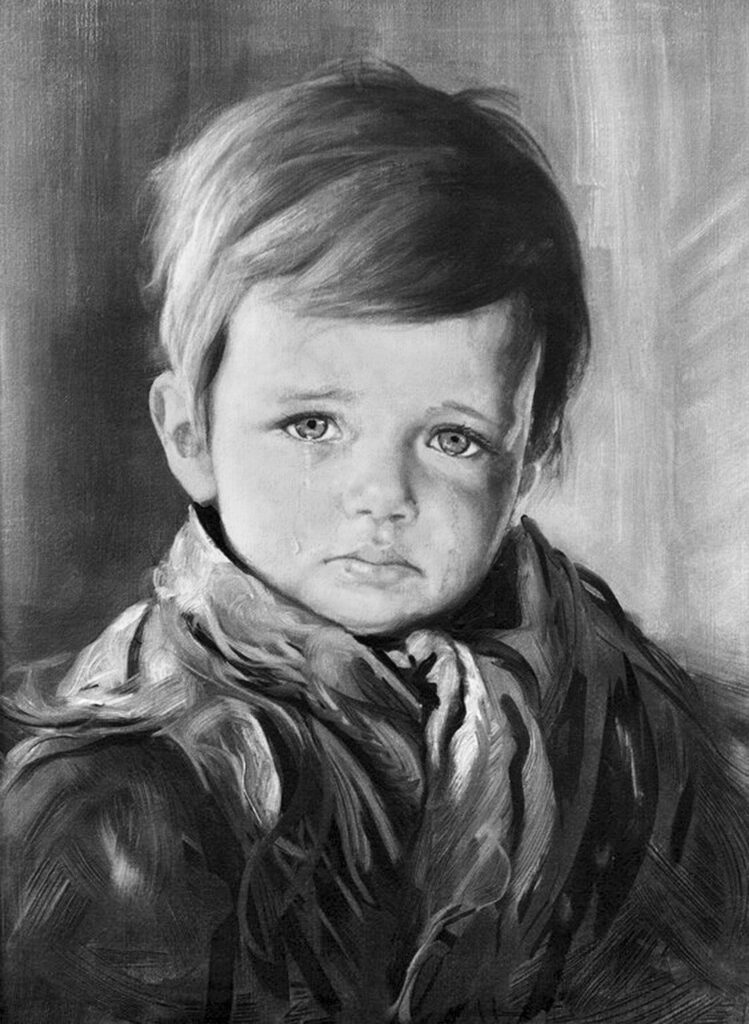
The Curse of ‘The Crying Boy’ Painting
The Crying Boy, a painting/print by Giovanni Bragolin (real name: Bruno Amarillo), depicts tearful children and gained popularity from the 1950s.
Urban legends claim a curse, with undamaged prints found in burned homes. Investigations revealed prints were treated with fire-retardant varnish, protecting them during fires.
Steve Punt‘s BBC Radio 4 investigation concluded the curse was unfounded. Investigative journalist David Clarke debunks later stories linking the child to fires, asserting they lack credibility.
Despite widespread belief in the curse, evidence suggests it originated from the prints’ fire-resistant qualities rather than supernatural forces.







